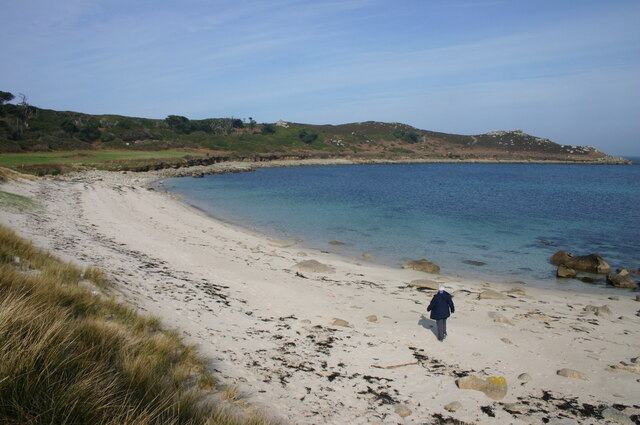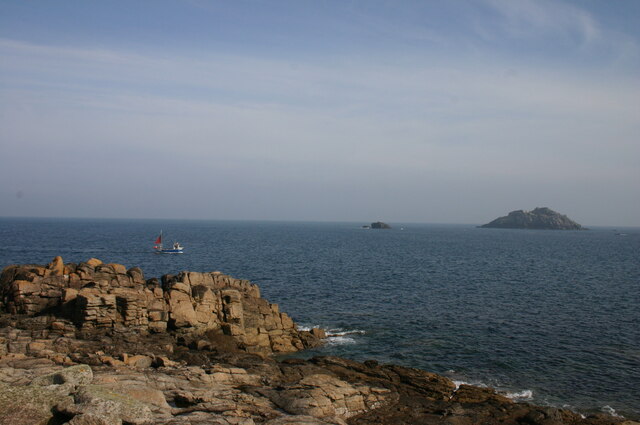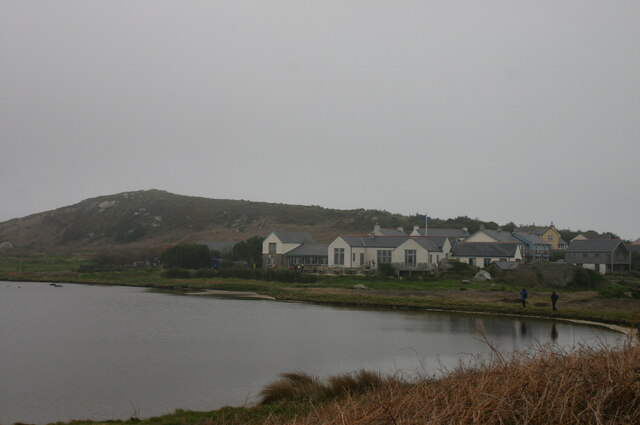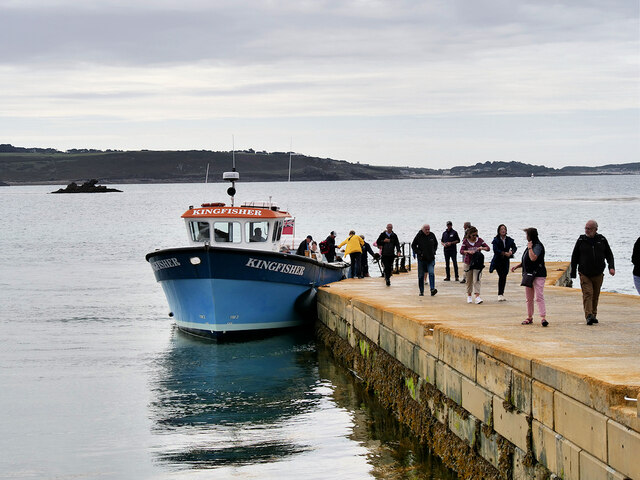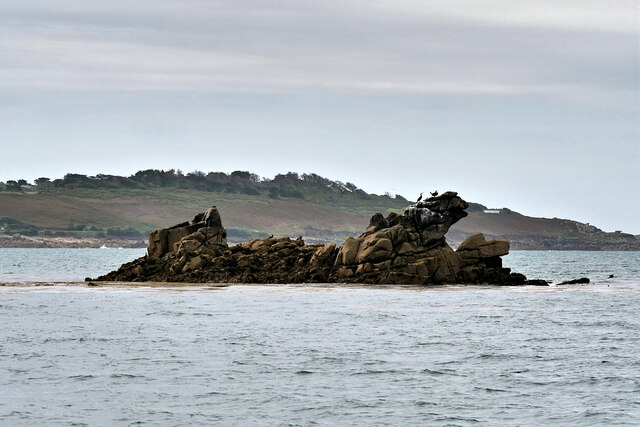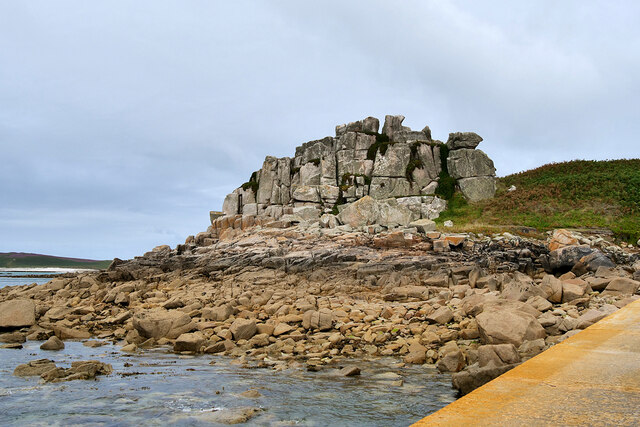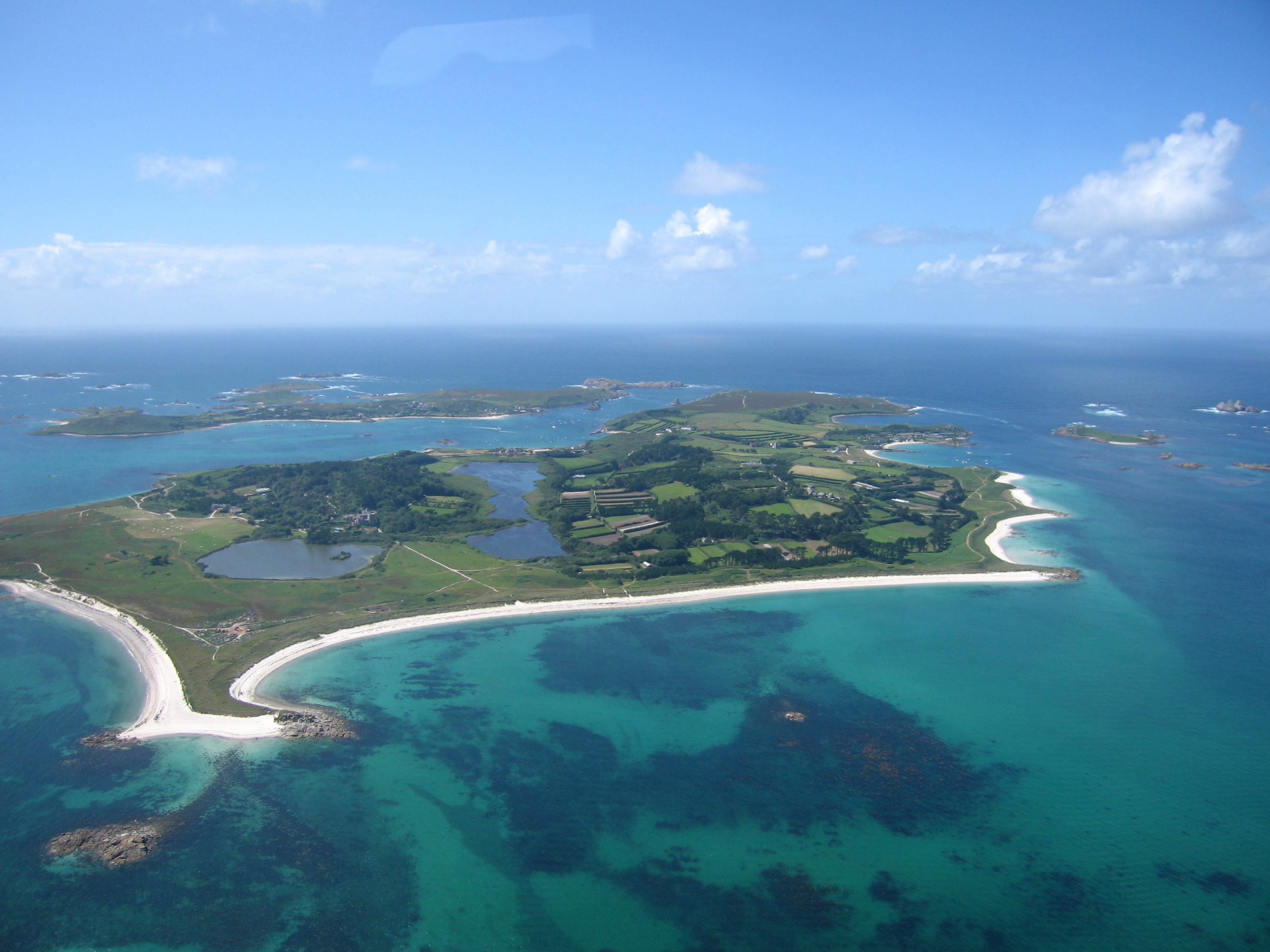Abbey Wood
Wood, Forest in Cornwall
England
Abbey Wood

Abbey Wood, Cornwall is a charming village located in the southwestern region of England. Situated amidst the picturesque countryside, Abbey Wood is known for its abundant woodlands and forests, which contribute to its peaceful and serene atmosphere. The village is nestled in a valley, surrounded by rolling hills and greenery, making it an ideal destination for nature lovers and outdoor enthusiasts.
The woodlands in Abbey Wood are diverse and rich, housing a variety of tree species such as oak, beech, and ash. These forests provide a habitat for a wide range of wildlife, including deer, foxes, and various bird species. Walking trails and paths crisscross the woods, allowing visitors to explore and immerse themselves in the natural beauty of the area.
In addition to its natural landscapes, Abbey Wood is also home to historical sites and landmarks. One notable attraction is the ruins of a medieval abbey, after which the village is named. The abbey ruins provide a glimpse into the village's rich history and offer a tranquil spot for reflection and contemplation.
The village itself is small but boasts a close-knit and friendly community. It has a handful of local amenities, including a cozy country pub, a village hall, and a small shop. The inhabitants of Abbey Wood take great pride in their village and actively participate in community events and activities.
Overall, Abbey Wood, Cornwall is a hidden gem that offers a perfect blend of natural beauty, historical significance, and a warm community spirit. It is an ideal destination for those seeking a retreat from the hustle and bustle of city life, where they can immerse themselves in the tranquility of the woodlands and embrace the charm of a rural village.
If you have any feedback on the listing, please let us know in the comments section below.
Abbey Wood Images
Images are sourced within 2km of 49.948682/-6.3342268 or Grid Reference SV8914. Thanks to Geograph Open Source API. All images are credited.











Abbey Wood is located at Grid Ref: SV8914 (Lat: 49.948682, Lng: -6.3342268)
Division: Isles of Scilly
Unitary Authority: Isles of Scilly
Police Authority: Devon and Cornwall
What 3 Words
///wicket.coconuts.rationed. Near Tresco, Isles of Scilly
Nearby Locations
Related Wikis
Tresco Abbey Gardens
Tresco Abbey Gardens are located on the island of Tresco in the Isles of Scilly, United Kingdom. The 17 acre gardens were established by the nineteenth...
Tresco Priory
Tresco Priory is a former monastic settlement on Tresco, Isles of Scilly founded in 946 AD. It was re-founded as the Priory of St Nicholas by monks from...
Tresco Heliport
Tresco Heliport (ICAO: EGHT) is a heliport located on the island of Tresco, in the Isles of Scilly off the southwest coast of England, UK. The heliport...
RNAS Tresco
RNAS Tresco was a Royal Naval Air Service base on Tresco, the second largest island in the Isles of Scilly. From February 1917 to May 1919 aircraft patrolled...
Tresco, Isles of Scilly
Tresco (Cornish: Enys Skaw, lit. 'island of elder-trees') is the second-biggest island of the Isles of Scilly. It is 297 ha (1.15 sq mi) in area, measuring...
New Grimsby
New Grimsby (Cornish: Enysgrymm Nowyth) is a coastal settlement on the island of Tresco in the Isles of Scilly, England. It is located on the west side...
Oliver's Battery, Tresco
Oliver's Battery is a ruined artillery battery on the island of Tresco in the Isles of Scilly off of Cornwall, England. It was built by the Parliamentarian...
St Nicholas's Church, Tresco
St Nicholas's Church, Tresco, is a parish church in the Church of England located in Tresco, Isles of Scilly, UK. == History == Originally two old cottages...
Nearby Amenities
Located within 500m of 49.948682,-6.3342268Have you been to Abbey Wood?
Leave your review of Abbey Wood below (or comments, questions and feedback).
